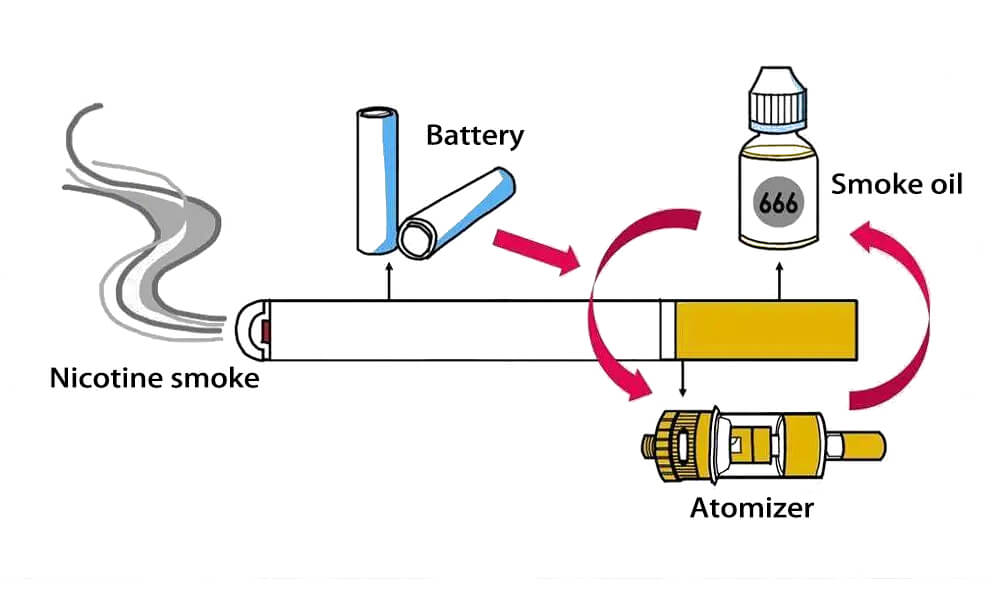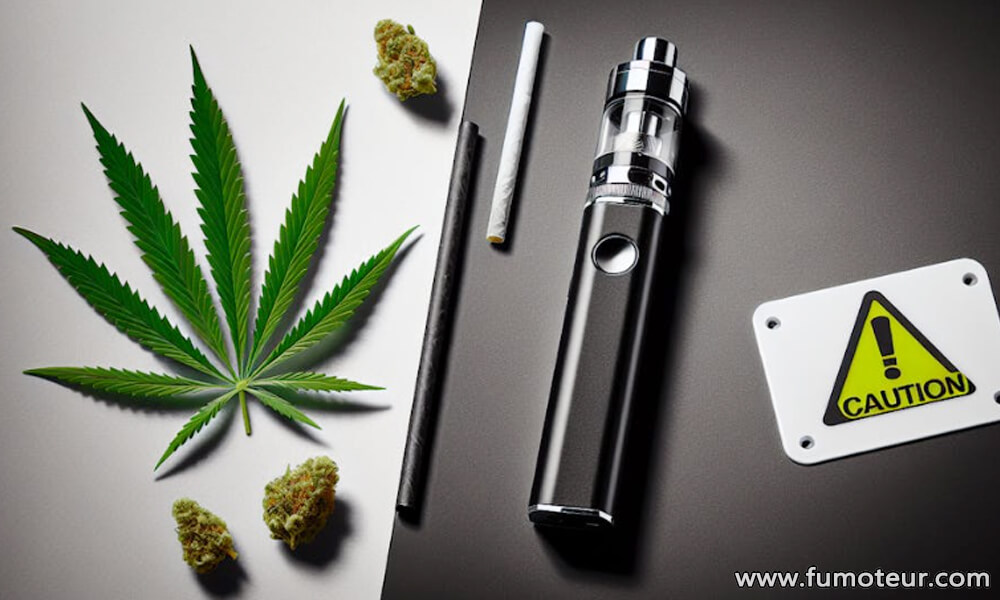Introduction, working principle and impact of VAPE
What is Vape
Vape is an electronic device that simulates the traditional smoking experience.
The basic principle of vape is to heat vape liquid to generate vapor for users to inhale instead of burning tobacco.
The three core components of vape are battery, atomizer, and e-liquid.
The vape was invented as an alternative to traditional cigarettes as another “safer” way to inhale nicotine. It can minimize the harmful substances related to burning cigarettes from entering the body.

Disposable vape
Disposable vapes are ready-to-use vape devices that are designed to be convenient and require no maintenance, providing users with a seamless vape experience and ideal for novices or consumers who do not want complex operations or maintenance.
1. There is no need to charge or replace the e-liquid, but the e-liquid and battery capacity are small. When using it, you only need to inhale it, eliminating the need for cumbersome operations.
2. Compact design, easy to carry, suitable for going out, traveling or temporary use.
3. Disposable vapes can only be used once and are discarded directly after use. No cleaning or maintenance is required.
4. No need to wait for heating or charging, it can be used immediately after unpacking.

Working principles and steps of vape components
The basic working principle of vapes is relatively simple. It is powered by a battery and starts the atomizer to convert liquid e-liquid into gaseous vapor for the user to inhale. The specific steps are as follows:
1. E-liquid: Vape liquid is usually composed of nicotine, vegetable glycerin, propylene glycol and various flavorings. Nicotine provides the effects of tobacco, while vegetable glycerin and propylene glycol help the liquid create vapor and provide some degree of mouthfeel.
2. Battery: The vape has a built-in battery to provide power support. The function of the battery is to power the atomizer.
3. Atomizer: The atomizer is the core component of the vape. It contains a heating element and a liquid storage tank. The electric heating wire in the atomizer is heated by the battery. When the electric heating wire is heated, the e-liquid is heated to a certain temperature and evaporates into steam. The smoke is inhaled through the mouthpiece and contains nicotine and flavorings.
4. Sensors and switches: Modern vape devices are usually equipped with sensors that can detect the inhalation action. When the user inhales, the sensor activates the device, triggering the battery to power the heating element. Some high-end devices may have manual buttons that the user needs to press to activate the atomizer.
5. Steam release: The heated e-liquid will be converted into steam, which is inhaled and absorbs nicotine through the user’s mouth and lungs, simulating the smoking experience of traditional vapes.
Effects of vape on health
1. Nicotine dependence: Most vapes contain nicotine, which is a highly addictive substance. Long-term use of vapes may lead to nicotine dependence. Although nicotine itself is not considered fatal, its impact on the cardiovascular system cannot be ignored and may increase the risk of high blood pressure and heart disease.
2. Harmful chemicals: Although vapes do not involve combustion, research shows that vape vapor may contain certain harmful chemicals, such as formaldehyde, acetaldehyde, etc. These substances may be released at high temperatures. Inhaling these substances for a long time will still cause Can affect the respiratory system. Some e-liquids may also contain impurities that are harmful to humans, such as heavy metals and toxic solvents.
3. Lung problems: The propylene glycol and vegetable glycerin in vape vapor may produce fine particles after heating. Inhaling these particles may cause damage to the lungs, especially for people with respiratory diseases. In recent years, there have been some reports of cases of “vape-associated lung injury” (EVALI, vape-associated lung injury). Although most of these cases are related to illegal or homemade vape liquids, we still need to be vigilant.
The impact of vape on smoking behavior

1. Smoking cessation aid: Some studies have shown that vapes may be used as a smoking cessation tool to help smokers gradually reduce their dependence on traditional vapes, especially for those who are unable to quit smoking through traditional smoking cessation methods. Vapes provide a closer alternative to the smoking experience, helping some people transition to a lower-risk method of smoking.
2. May trigger smoking among teenagers: Some studies have pointed out that the popularity of vapes among teenagers may trigger a new smoking wave. Although vapes themselves may be less harmful than traditional vapes, early exposure to nicotine in adolescents may increase their likelihood of smoking traditional vapes in the future. The variety of vape flavors may entice young people to try them, increasing their risk of addiction.
The impact of vape on society and policy
1. Legal supervision: Due to the potential health risks of vapes, governments around the world have begun to strengthen the supervision of vapes. Some countries and regions have strict restrictions on the sale of vapes or even ban their sales, while other countries have adopted more relaxed policies and allow the promotion of vapes as an alternative to smoking.
2. Consumer perception: There are still large differences in the public’s perception of vapes. Some believe vapes are a safer alternative, while others believe it is still a route of nicotine intake and cannot be considered a “healthy” choice. As research on the health effects of vapes gradually unfolds, there may be more scientific data to guide consumer choices in the future.

Summarize
Vapes, a device that simulates the experience of smoking by atomizing e-liquid to produce vapor, have become an option for many people around the world to reduce or quit smoking.
However, while it may release some less harmful substances than traditional cigarettes, it’s still not harmless. The health effects of vaping are still being studied, and nicotine dependence and other potential risks make it not suitable for everyone, especially teenagers and non-smokers.
For adults who smoke, vaping may serve as an alternative to reduce the risks of traditional smoking, but it should still be used with caution.






